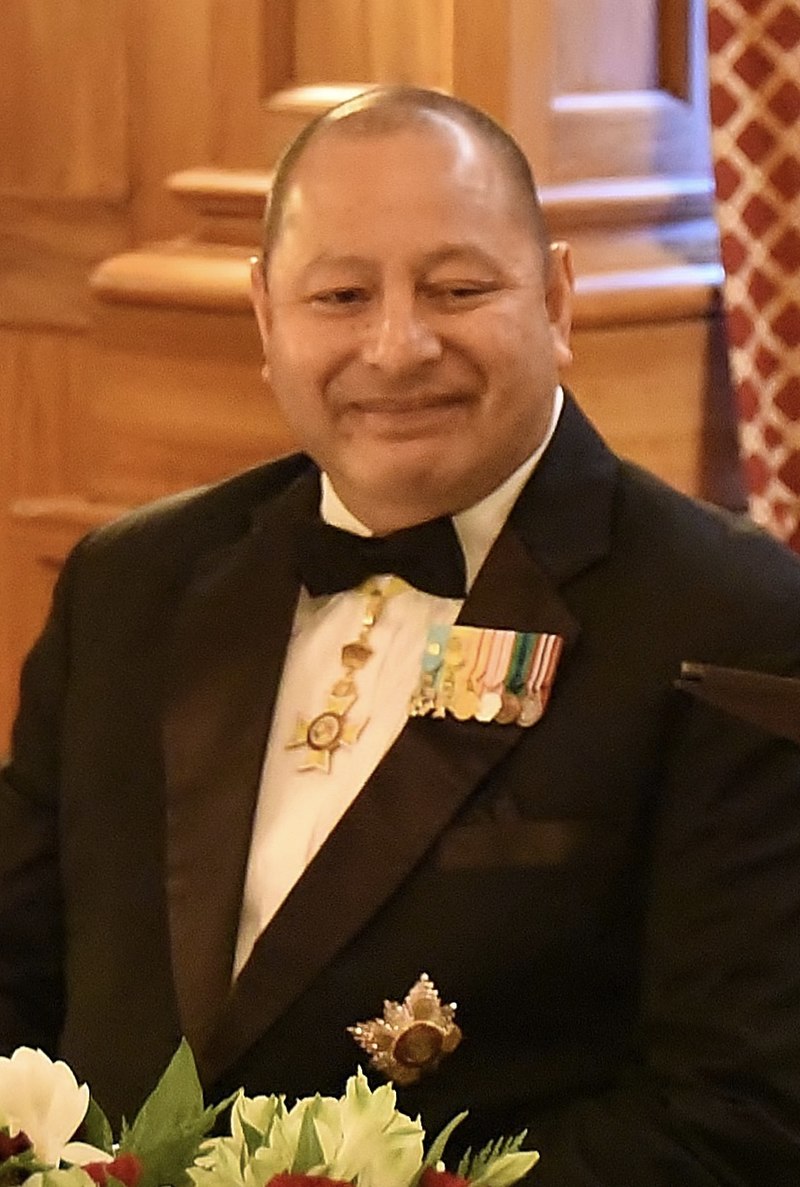by Susan Flantzer © Unofficial Royalty 2014
Beatrix was Queen of the Netherlands from 1980 until her abdication in favor of her eldest son in 2013. Her official title since her abdication is Her Royal Highness Princess Beatrix of the Netherlands, Princess of Orange-Nassau, Princess of Lippe-Biesterfeld. Beatrix Wilhelmina Armgard was born at Soestdijk Palace in Baarn, the Netherlands, on January 31, 1938. Beatrix was the first child of the four daughters of Princess Juliana of the Netherlands (became Queen in 1948) and Prince Bernhard of Lippe-Biesterfeld. At the time of her birth, Beatrix’s grandmother, Queen Wilhelmina reigned. In 1948, Queen Wilhelmina abdicated in favor of Beatrix’s mother Juliana.
Beatrix Wilhelmina Armgard was christened on May 12, 1938, in the Grote of Sint-Jacobskerk in The Hague. Her middle names are the first names of her maternal grandmother Queen Wilhelmina and her paternal grandmother Armgard of Sierstorpff-Cramm.
Her five godparents were:
- Leopold III, King of the Belgians
- Princess Alice of Albany, Countess of Athlone, her maternal first cousin twice removed
- Elisabeth, Princess of Erbach-Schönberg, her maternal great-great-aunt
- Duke Adolf Friedrich of Mecklenburg, her paternal great-uncle
- Countess Allene de Kotzebue, her father’s friend, born Allene Tew in the United States
Beatrix had three younger sisters:
- Princess Irene of the Netherlands (born 1939), married and divorced Carlos Hugo, Duke of Parma, had two sons and two daughters
- Princess Margriet of the Netherlands (born 1943), married Pieter van Vollenhoven, had four sons
- Princess Christina of the Netherlands (1947 – 2019) married and divorced Jorge Pérez y Guillermo, had two sons and one daughter
During World War II, three days after Germany invaded the Netherlands in May 1940, the Dutch Royal Family left for London, England. One month later, Beatrix, her mother, and her sister Irene went to Ottawa, Canada, where they would be safer. Prince Bernhard, Beatrix’s father, stayed with Queen Wilhelmina in London during the war, although both made occasional visits to the rest of the family in Canada. Beatrix’s sister Margriet was born while the family was in Canada. While in Canada, Beatrix started her primary education at Rockcliffe Park Public School in Ottawa, Canada. On August 2, 1945, the whole family returned to the Netherlands, and Beatrix spent the rest of her childhood at her birthplace, Soestdijk Palace.

Beatrix, on the left, arrives back in the Netherlands, with her parents and sisters, on August 2, 1945; source: www.tweedewereldoorlog.nl
Upon returning to the Netherlands, Beatrix resumed her education at De Werkplaats (link translated from Dutch), a progressive school in Bilthoven, the Netherlands. In April 1950, Beatrix began her secondary education at the Incrementum, a separate classroom for Beatrix and small groups of selected peers at the Baarns Lyceum (link translated from Dutch). She passed her graduation exams in the arts and classics in 1956. Later that same year, Beatrix enrolled at Leiden University where she first studied sociology, jurisprudence, economics, parliamentary history, and constitutional law. Later she studied the cultures of Suriname and the Netherlands Antilles (both constituent countries of the Kingdom of the Netherlands at that time), the Charter for the Kingdom of the Netherlands, international affairs, international law, history, and European law. In 1959, Beatrix passed her preliminary examination in law, and in 1961 she received a combined degree in law, sociology, and economics.
On March 10, 1966, Princess Beatrix married Claus von Amsberg, a member of the German diplomatic corps, in a civil ceremony at the Amsterdam City Hall. Afterward, a religious ceremony was held at the Westerkerk in Amsterdam. The Westerkerk is a block away from the house where Anne Frank and her family hid from the Nazis for two years and the church’s chiming bells are mentioned in Anne’s diary. On the same day, Claus von Amsberg received the style and title His Royal Highness Prince Claus of the Netherlands.
Beatrix and Claus were married until Claus died in 2002, four months after the birth of his first grandchild. The couple had three sons:
- King Willem-Alexander (born 1967) married Máxima Zorreguieta Cerruti, had three daughters
- Prince Friso (1968 – 2013) married Mabel Wisse Smit, had two daughters
- Prince Constantijn (born 1969) married Laurentien Brinkhorst, had two daughters and a son
As her mother Queen Wilhelmina had done, Queen Juliana also abdicated in favor of her daughter, and Beatrix became Queen of the Netherlands on April 30, 1980. On April 30, 2013, Queen Beatrix abdicated in favor of her eldest son Willem-Alexander.
On February 17, 2012, Beatrix’s second son Prince Friso was severely injured in an avalanche while on a skiing holiday in Lech, Austria. He had been buried for about 25 minutes, and the lack of oxygen had caused significant brain damage. He remained in a coma, and in March 2012, he was taken to the Wellington Hospital in London, where his wife and children lived. In July 2013, Prince Friso was brought to Huis Ten Bosch, his mother’s residence, in The Hague, the Netherlands as he was no longer deemed to require hospital care, and on August 12, 2013, Prince Friso passed away.

The Dutch Royal Family at Prince Friso’s funeral; Beatrix, front right, with Friso’s daughters and his wife. Photo: Zimbio
After her abdication, Beatrix decided to live at Drakensteyn, a small castle in Baarn, the Netherlands. The castle was bought in 1959 and is the private property of Beatrix. She continues to undertake some royal duties and is the patron of many organizations.
This article is the intellectual property of Unofficial Royalty and is NOT TO BE COPIED, EDITED, OR POSTED IN ANY FORM ON ANOTHER WEBSITE under any circumstances. It is permissible to use a link that directs to Unofficial Royalty.
Kingdom of the Netherlands Resources at Unofficial Royalty














































